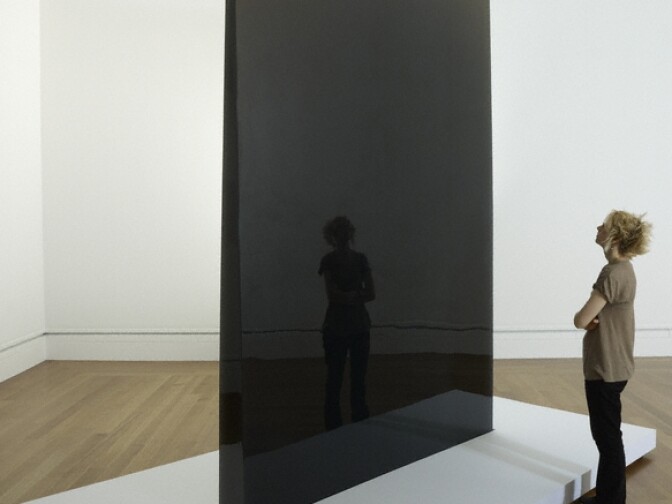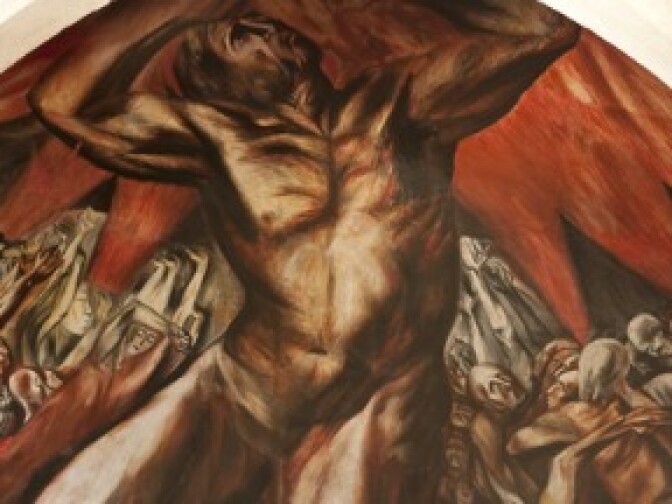PST PM - Post Mortem on Pacific Standard Time with Getty Fdn Director
The body is still warm - there are still a couple exhibits ongoing - but Pacific Standard Time wrapped up at the end of March, so Off-Ramp host John Rabe chats with the Getty's Deborah Marrow about whether it worked.
The body is still warm (there are still a couple exhibits ongoing) but Pacific Standard Time, perhaps the world's most ambitious art endeavor, wrapped up at the end of March. All the numbers aren't in yet - the official post mortem isn't until this summer - but it seems clear that PST was a success.
It began as an effort to preserve fragile archives of art created in Los Angeles in the post-war period, and blossomed into a full-scale celebration of the region's creativity and impact on the greater art world, involving scores of museums and galleries - and radio stations including 89.3-KPCC.
At the Getty's annual press luncheon, Deborah Marrow, director of the Getty Foundation, said she's already looking forward to the next huge collaboration... in a few years, please.
In brief, two of the things Marrow said went right:
-- They allowed time and resources for research - about five years.
-- The joint marketing campaign worked. Everyone was saying "Pacific Standard Time."
"And I would say our initial goal, which was to rescue an endangered history, has been met. These exhibitions told the story - told many many stories - of art in LA int he post-war decades, and now there are 30-some odd catalogs that remain to document that history, and archives that are accessible for future research."
What didn't work? Too soon to tell, Marrow says, since all the museum and gallery attendance figures won't be in for months.
Marrow says many of the organizers have already been contacted by other cities and organizations to explain how it happened, and how it might work for them.









